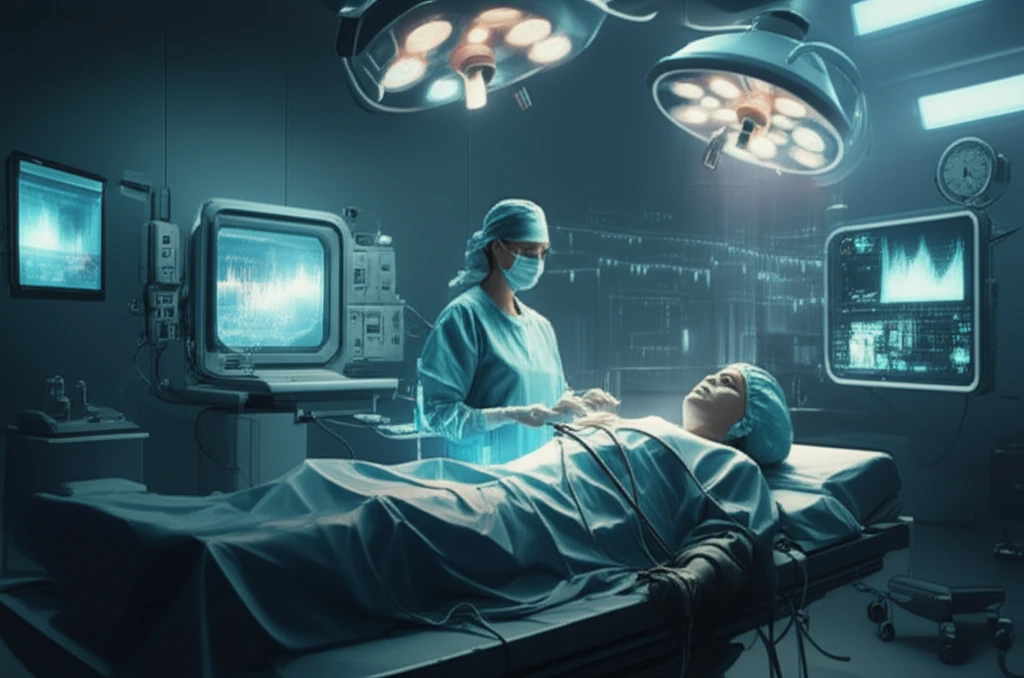
Surgical Site Infections After Joint Replacement: How Tech Is Revolutionizing Care and Saving You Money
"Innovative Telemonitoring Systems are transforming post-operative care, reducing complications, and cutting costs for patients undergoing joint replacement surgeries."
Joint replacement surgeries, while life-changing for many, come with inherent risks, the most common being surgical site infections (SSIs). These infections not only prolong hospital stays and recovery times but also significantly increase healthcare costs. However, a technological revolution is underway, offering a promising solution: automated telemonitoring systems.
This article delves into the innovative use of these systems, specifically focusing on how they prevent and identify SSIs after joint replacement. We'll explore the mechanisms behind these technologies, their impact on patient care and satisfaction, and their remarkable ability to reduce healthcare expenses.
By examining the latest research and real-world applications, we'll uncover how these systems are reshaping the landscape of post-operative care, offering a brighter future for patients undergoing joint replacement surgeries.
The Power of Telemonitoring: Preventing SSIs and Enhancing Patient Recovery

Telemonitoring systems are designed to proactively engage patients after joint replacement surgeries, using text messages and phone calls to monitor their recovery. These systems go beyond traditional check-ups, offering a continuous feedback loop that allows healthcare providers to quickly identify potential problems.
- Early Detection: Telemonitoring enables early identification of potential SSIs, allowing for prompt intervention.
- Improved Adherence: Automated reminders increase patient adherence to pre- and post-operative protocols.
- Enhanced Communication: Patients have direct access to healthcare providers for any concerns or questions.
- Reduced Hospital Readmissions: Proactive monitoring helps prevent complications that could lead to readmission.
The Future of Joint Replacement Care: A Tech-Driven Revolution
The integration of automated telemonitoring systems into joint replacement care marks a pivotal advancement in healthcare. These technologies empower patients, improve outcomes, and offer significant cost savings. As technology continues to evolve, we can anticipate even more sophisticated and patient-centric approaches to surgical care, ensuring a healthier and more efficient future for all.
